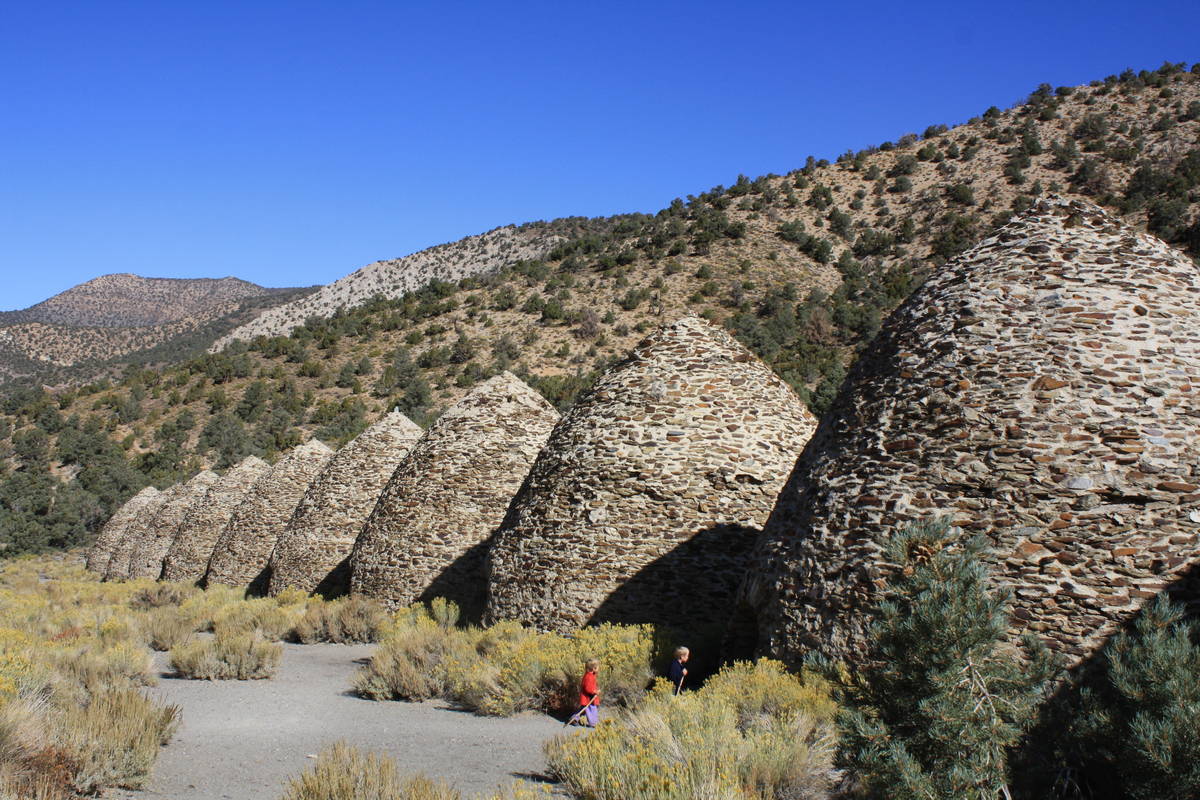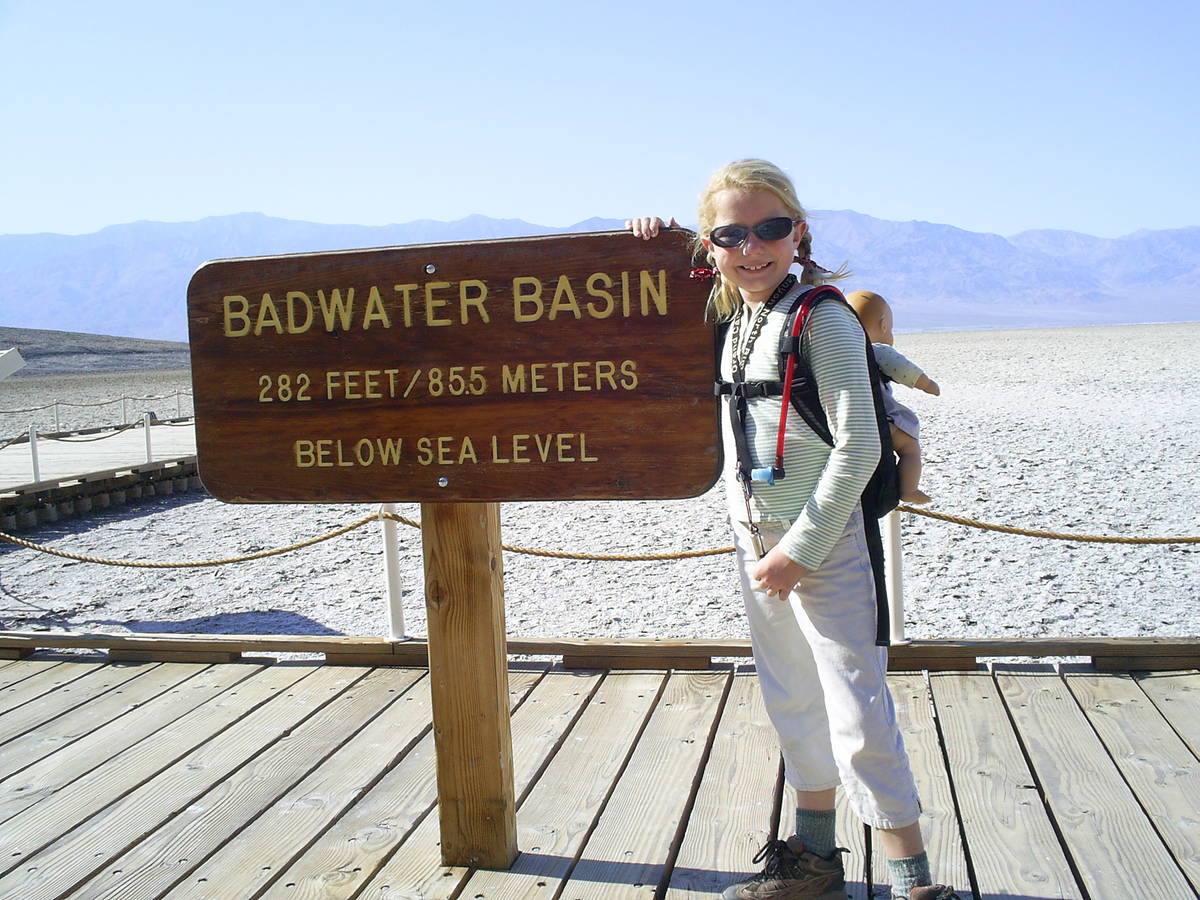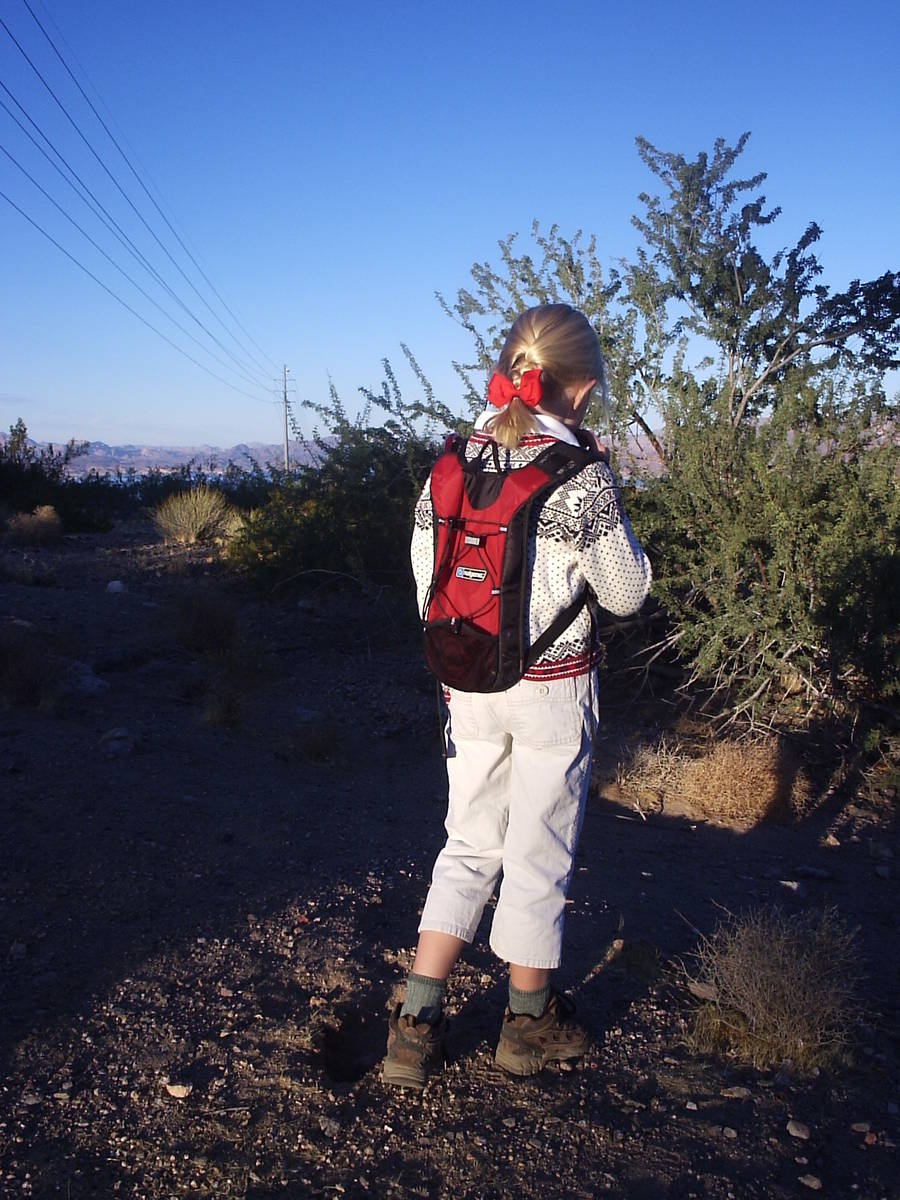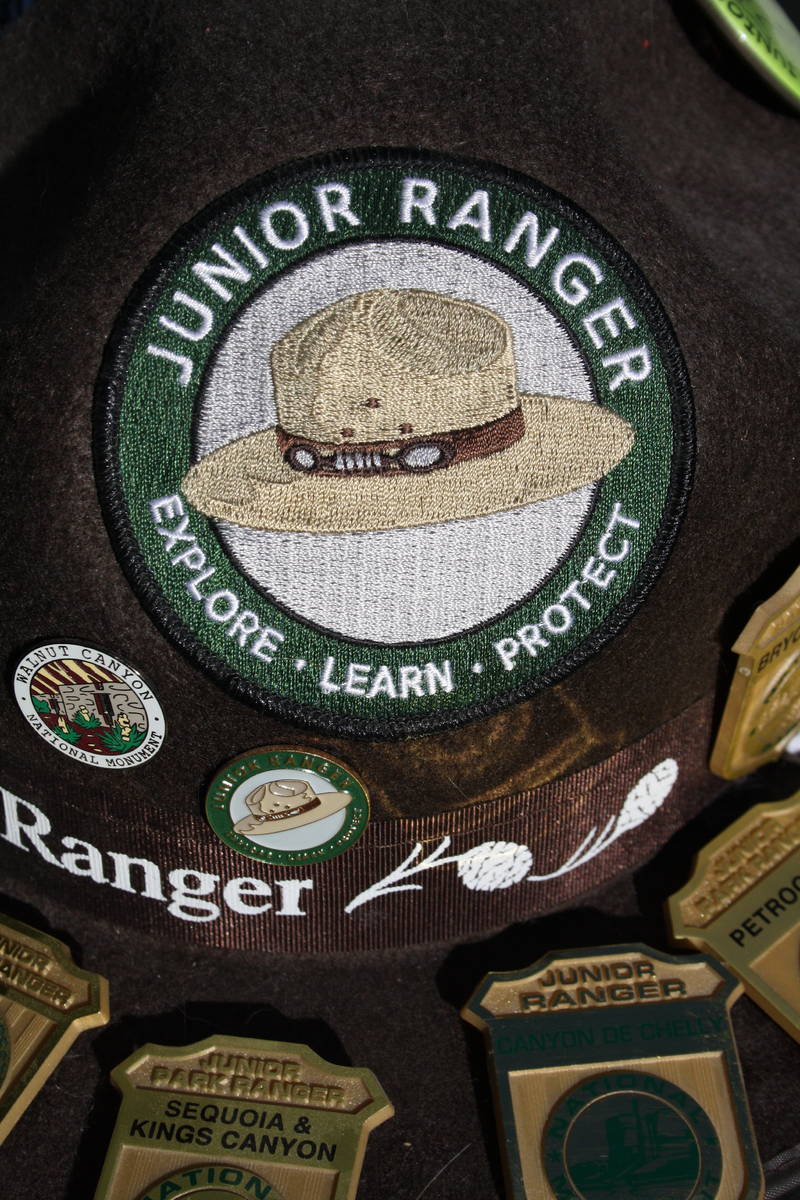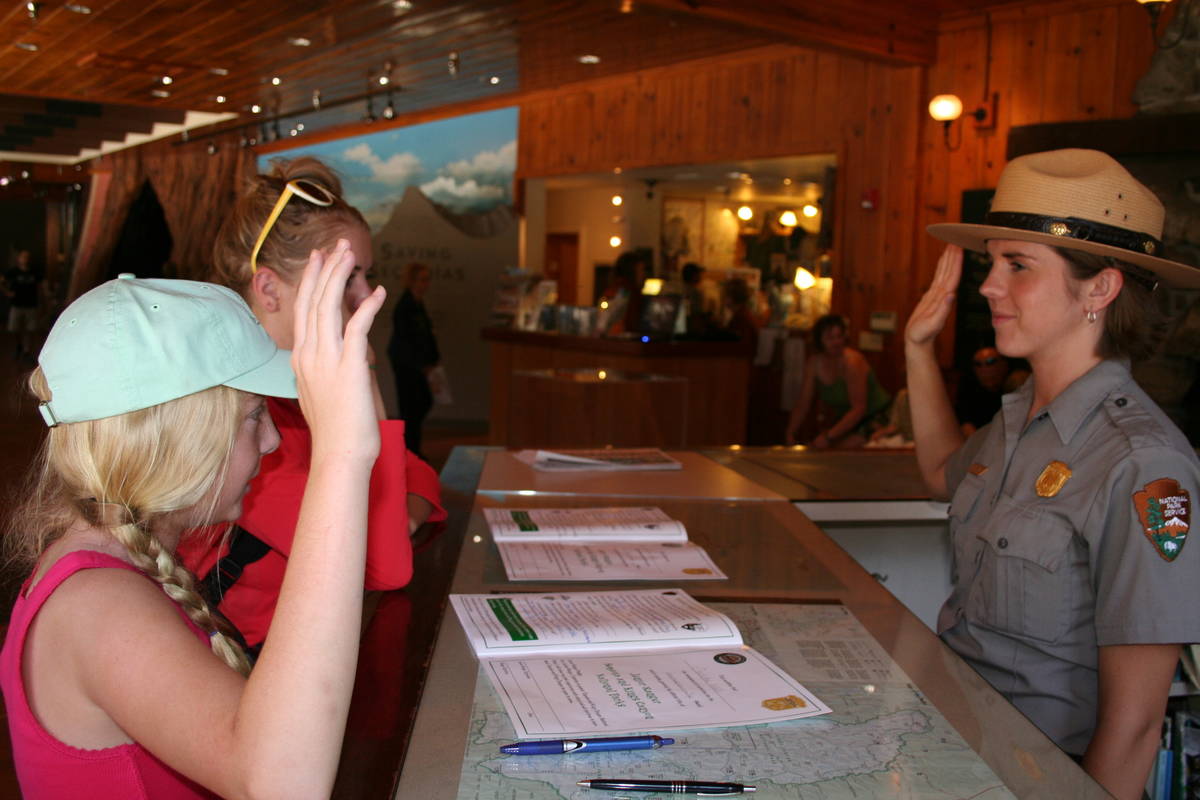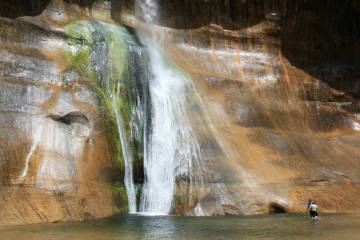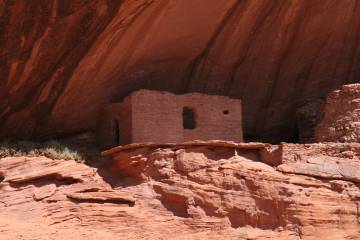Hiking with the tykes is good for everyone
Introducing your children to the great outdoors and teaching them to appreciate nature are two of the best gifts you can give them.
It’s something they can enjoy throughout the world, it’s healthy, and it’s associated with desirable character traits like self-reliance.
And one can find an outdoor experience during any time of the year or even during a pandemic shutdown.
Outfitting for an outing
Nothing ruins an outing quicker than having unhappy children, whether they are uncomfortable because they’re too warm, cold or wet, or because a trail is too strenuous. Dress children in suitable, well-fitting, outdoor-appropriate clothing with a layering system. Be sure they are well fed and hydrated before heading out.
All kids, once they can hike on their own, should carry a daypack with a hydration system. These allow for hands-free drinking, which will encourage them to stay hydrated and be safer than juggling a water bottle or flask.
On their feet, be sure children wear something with pronounced tread — sneakers or hiking boots. Of course, they need to wear gloves on cold days, a hat, and sunglasses and sunscreen before hitting the trail.
Each hiker of any age should carry a whistle, worth many times its weight and price in an emergency.
And no one is too old to bring along a stuffed animal or doll.
When hiking with babies and very young children, it’s best to use a child-carrying backpack. If you’re new to the baby-carrier market and plan to take long hikes, be sure to try on the child carrier before purchasing it. Make sure it fits well and has a good hip belt, both well padded and well placed. It should have a good safety harness for your child, adjustable seat to accommodate the child’s growth, plenty of storage, hydration sleeve and a sun shade. Osprey, Kelty, Deuter and Thule are respected and reliable brands.
Choosing a trail
Once your child gets too heavy to haul in a carrier, you may not put so many miles on your boots. Some children want to go as fast as they can, but many others take it slow. On some trails it might take an hour for a little one to walk 50 yards. But this dawdling is desirable, as it is the means by which they become truly familiar with nature — by looking at every leaf and rock or perhaps making friends with a local lizard.
The best choices for children new to hiking are usually short outings with a specific destination such as a cave, a natural spring, waterfall or viewpoint, or even a loop trail where the destination is the same as the starting point.
Keep in mind it’s not just the length of a trail that exhausts people but also the elevation gain. A 1-mile trail with a 1,000-foot elevation gain will probably be too strenuous for all but older children.
One good place to start children hiking is only a few miles up U.S. Highway 95 from Las Vegas: Corn Creek in the Desert National Wildlife Refuge. There is a network of easy trails, interconnecting so you are never too far from your vehicle. This is an oasis of year-round streams and mature trees, and you’re likely to see birds and evidence of wildlife along the trails.
Older children may find it fun to look for animal tracks in the sandy areas and guess what animals left them. Siblings are competitive and willingly accept challenges such as who can find the first animal track or spot the largest bird soaring above. Here it could be a hawk, great blue heron or even an eagle.
Guides and trail etiquette
Flat-folding pocket guides, which are illustrated, durable and waterproof, will probably become your child’s treasured possessions, if you don’t point out they’re educational. A good general one for the United States is “Animal Tracks: A Folding Pocket Guide to the Tracks and Signs of Familiar North American Species.” Besides pictures of tracks, it includes a ruler and a scat identifier.
Other guide topics are plants, trees, wildflowers and birds. While many are available at websites such as Amazon, you will find some tailored to our region at local bookstores and park visitor centers. An ultrafine-point Sharpie works well for writing dates and locations on the guide next to the animal or track they saw, which turns it into a diary of sorts.
Visitor centers at many national parks and recreation areas offer a Junior Ranger Program, which will make any participating child an enthusiastic little expert on the specific area. All you need to do is pick up a booklet for each child, have them fill out the required activities for their age groups, and return it to the ranger on duty. If it is all filled out correctly, they can take a pledge and become the park’s newest Junior Rangers. Parents should call ahead to make sure park visitor centers are open during this time of COVID-19 restrictions.
Before you even set foot on the trail, give the kids a few pointers about trail etiquette. We do not run on trails. No yelling, throwing rocks or, especially, trying to feed wild animals. We stay on the path and take no shortcuts; the latter is especially important, for ours is delicate environment and fragile cryptobiotic soil can be found throughout our region. Tire marks, footprints and other such damage can take more than 100 years to heal.



